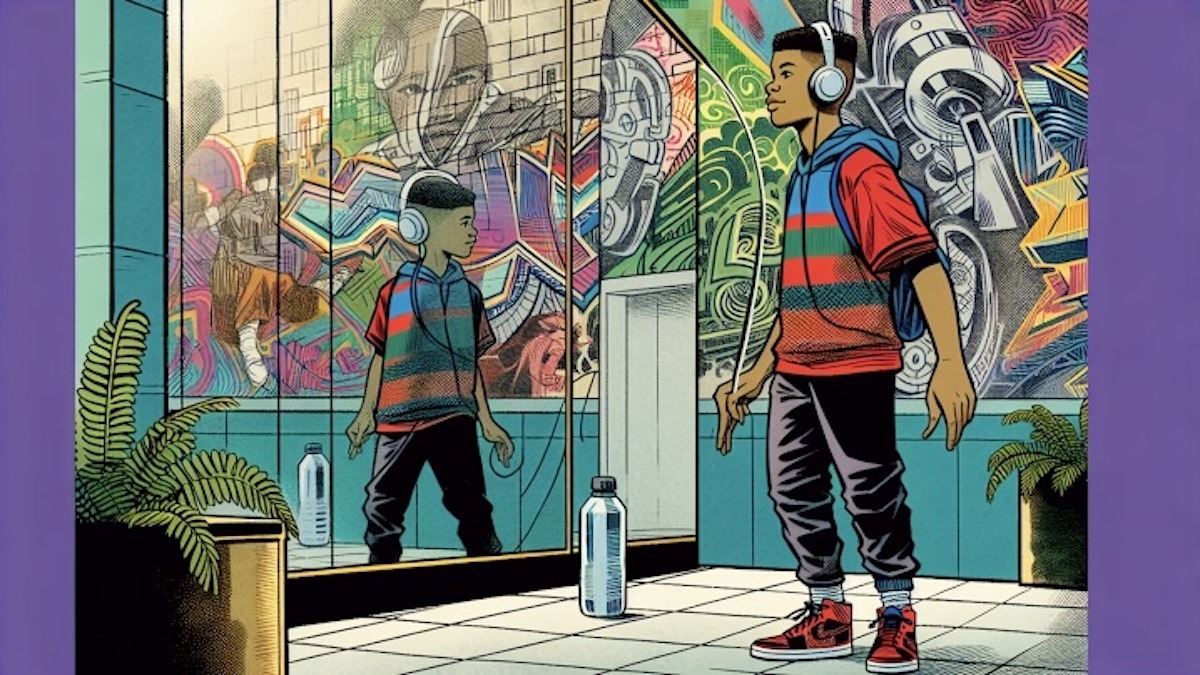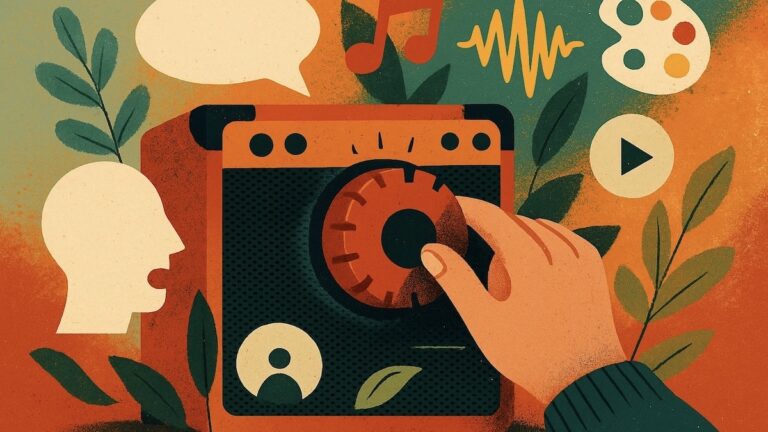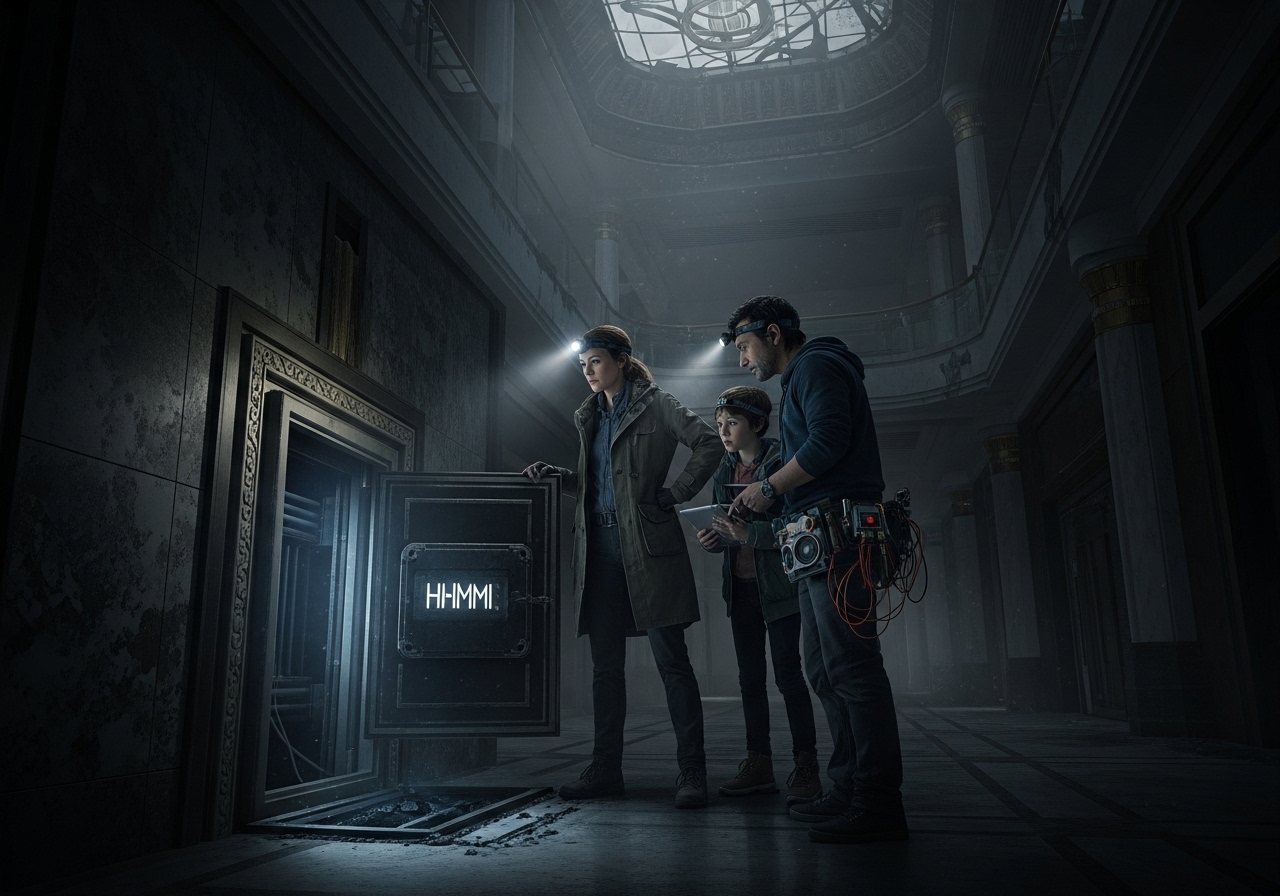
Many Eyes, Deeper Truths
We often seek a singular truth in stories, a definitive account of ‘what happened.’ But as artists and storytellers, we know that reality, and thus narrative, is rarely so neat. What if the most profound insight doesn’t come from a single, clear window, but from a mosaic of fractured reflections? This is the heart of the ‘Kaleidoscope’ approach to storytelling – a method that invites us to step beyond a singular viewpoint and embrace the rich, often contradictory, tapestry of human experience.
In my own work, especially when exploring community voices or cultural memory, I’ve found that no single person holds the complete picture. Every individual carries a piece of the story, shaped by their unique experiences, biases, and desires. When we layer these perspectives, the narrative doesn’t just expand; it deepens, revealing nuances and complexities that a lone voice could never capture. It’s like turning a kaleidoscope: with each slight turn, the same pieces rearrange into a new, fascinating pattern, revealing a different aspect of the whole.
Why More Than One Perspective?
So, why complicate things by adding more viewpoints? The answer lies in the pursuit of a richer, more authentic understanding. A single perspective, no matter how well-crafted, is inherently limited. It’s one character’s interpretation of events, filtered through their unique lens. But when you introduce another character’s view of the same event, or even the same character, a fascinating tension emerges. This tension isn’t a problem to be solved; it’s a powerful engine for drama, mystery, and thematic exploration. It forces your audience to engage, to compare, to question, and ultimately, to form their own complex understanding of the narrative.
Imagine a heated argument. From one character’s perspective, they’re the wronged party, their words justified, their actions defensive. From the other’s, they’re the victim of an unprovoked attack, their counterpart’s words cruel, their actions aggressive. Neither is necessarily ‘wrong,’ but the truth of the exchange lies in the space between their differing perceptions. This is where the magic happens, where your story transcends simple plot and delves into the profound complexities of human interaction.
Crafting Distinct Character Voices
The success of the kaleidoscope approach hinges on your ability to give each character a truly distinct voice. It’s not enough to simply switch names at the top of a chapter. Each character must sound, think, and feel differently on the page. How do we achieve this authentic differentiation?
- Vocabulary and Syntax: Does one character use formal language while another speaks in slang? Do they favor long, winding sentences or short, clipped phrases?
- Inner Monologue and Observation: What do they notice? What do they dwell on? A pragmatic character might focus on facts, while an anxious one might obsess over perceived slights or future worries.
- Emotional Tone: Are they cynical, optimistic, weary, passionate? This should color their every thought and description.
- Bias and Background: Their life experiences, cultural background, and personal history will inevitably shape how they interpret the world around them. Let these biases subtly inform their perspective, even if they’re unaware of them.
Think about how people tell you a story in real life. Their personality, their past, their current mood—it all inflects their telling. Your characters should be no different. The more unique their voices, the more compelling their individual perspectives will be, and the more impactful their collective story becomes.
Leveraging Conflicting Viewpoints
Once you’ve established unique voices, the true power of the kaleidoscope approach emerges when these voices clash. Conflicting viewpoints are not just about disagreement; they’re about revealing the subjective nature of reality itself. A character might remember an event one way, while another remembers it completely differently. Perhaps one character has crucial information that another lacks, leading to misunderstanding or even tragedy.
These narrative discrepancies invite your audience to become active participants, piecing together the ‘real’ story from fragmented and sometimes unreliable accounts. This doesn’t mean one character is lying and the other is telling the truth. More often, it means each character is telling *their* truth, and the deeper understanding comes from seeing how these individual truths interact, intersect, and diverge. This technique is incredibly powerful for exploring themes like memory, perception, trust, and the elusive nature of ‘fact.’
Deepening Story Themes and Understanding
Ultimately, employing multiple perspectives isn’t just a stylistic choice; it’s a thematic tool. By allowing different characters to narrate, you can explore complex themes from various angles. A story about justice, for example, becomes infinitely richer when viewed through the eyes of the accused, the accuser, a bystander, and the judge. Each perspective adds a layer of moral ambiguity, empathy, or critique that a single viewpoint could never achieve.
This approach transforms your narrative from a simple account into a profound meditation on its core ideas. It challenges your audience to consider different sides, to question assumptions, and to recognize the inherent subjectivity of human experience. The result is a story that resonates far beyond its plot, offering a deeper, more nuanced understanding of the world you’ve created and, by extension, our own.
Embracing the kaleidoscope means trusting your audience to synthesize information, to grapple with ambiguity, and to find the profound beauty in a truth that isn’t singular, but prismatic. It’s a challenging but deeply rewarding path for any storyteller.
This spring and summer, we’re building new platforms to connect communities through professional development, creativity, and community engagement. We’re using technology, storytelling, and oral history, all mixed with music and good old-fashioned creativity. A special thanks to the OpenAI Researcher Access Program and the Manitoba Arts Council for supporting this season’s mentorship and internship program.






